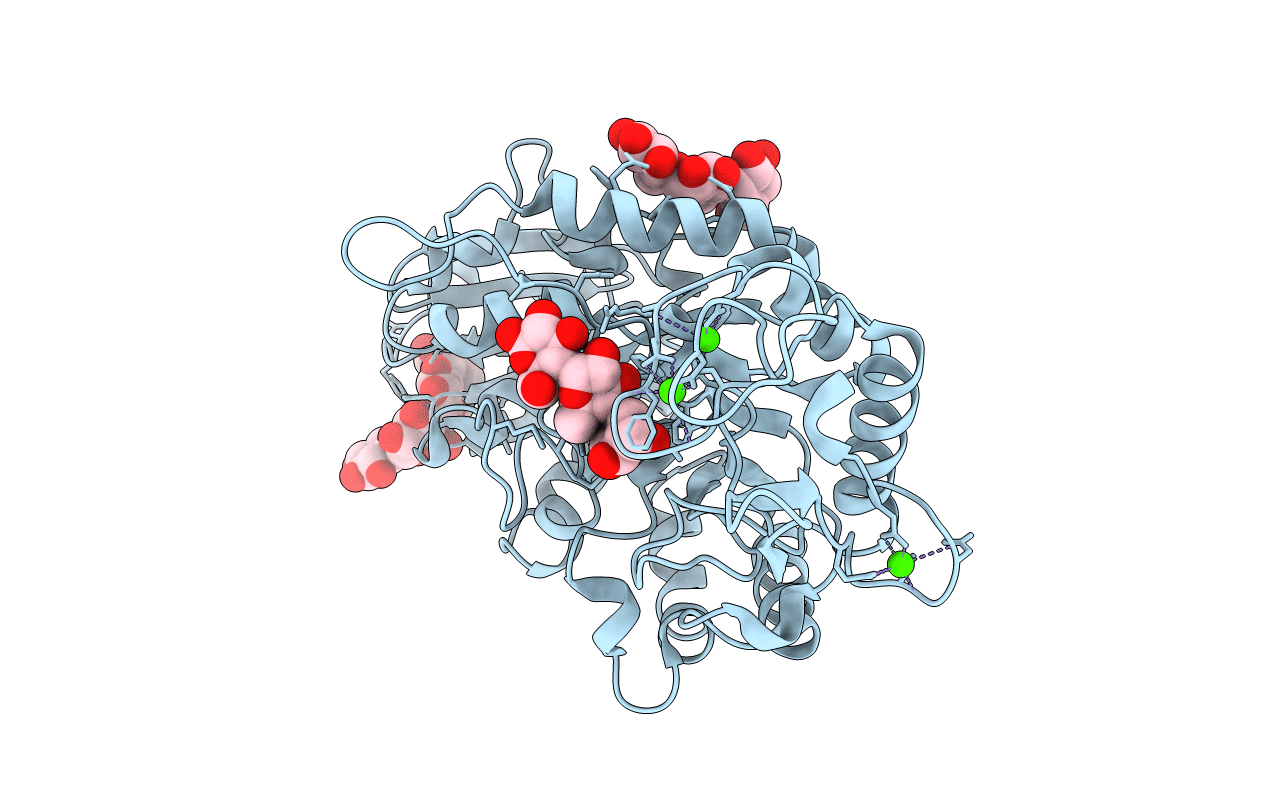
Deposition Date
2003-12-03
Release Date
2005-06-07
Last Version Date
2023-08-23
Entry Detail
PDB ID:
1RPK
Keywords:
Title:
Crystal structure of barley alpha-amylase isozyme 1 (amy1) in complex with acarbose
Biological Source:
Source Organism:
Hordeum vulgare (Taxon ID: 4513)
Host Organism:
Method Details:
Experimental Method:
Resolution:
2.00 Å
R-Value Free:
0.23
R-Value Work:
0.18
R-Value Observed:
0.18
Space Group:
P 21 21 2


